The Best Prep Schools for Gardening
By
7 years ago
The schools encouraging a green-fingered approach from a young age

As schools appreciate the contribution of the natural environment to a well-balanced education, School House finds that gardening is growing in popularity.
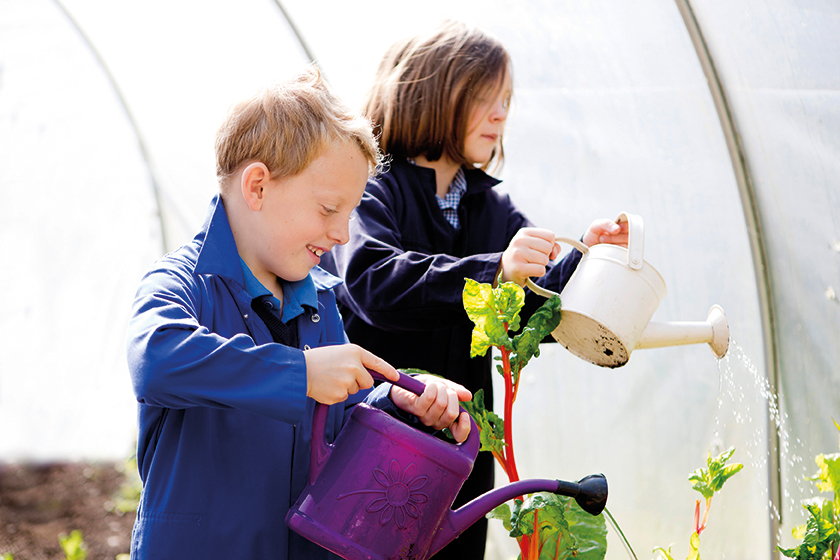
At the start of the new millennium, Country Life Magazine carried out a survey of British schoolchildren which should have set alarm-bells ringing in every household in the land. Two-thirds of the children surveyed did not know where acorns came from, while 40 per cent did not know the correct season for harvest time.
These were not babes in arms, but children aged between seven and 14. Their ignorance was staggering, laughable. One child thought that the reason gates should be kept shut in the countryside was to stop cows sitting on cars and holding up traffic. But for a whole generation to grow up with such little understanding of the natural environment is no laughing matter.
The children in the survey will now be in their twenties and should be further along the learning curve when it comes to acorns. But how about the next generation of children? Has the educational establishment heeded the warning signs? And what are schools doing to inform children about the world around them?
More and more parents – and teachers, on whose collaboration they depend – are trying to let a little fresh air into their children’s lives, not just at the weekends, but during the school day too, which is making gardening more and more popular.
Hanford School

Hanford‘s large walled garden has always been used for growing vegetables, fruit and flowers, so it’s no surprise that gardening has made it onto the regular school timetable.
From sowing seeds and planting out, to digging leeks and ‘top and tailing’ them, girls aren’t afraid to get stuck in and muddy their hands. They even use manure from the school stables (where the famed Hanford ponies live) to make their own compost to put on the raised bed. The fruits of their labour: rhubarb jam and lemon curd, which thy see to parents.
The Elms
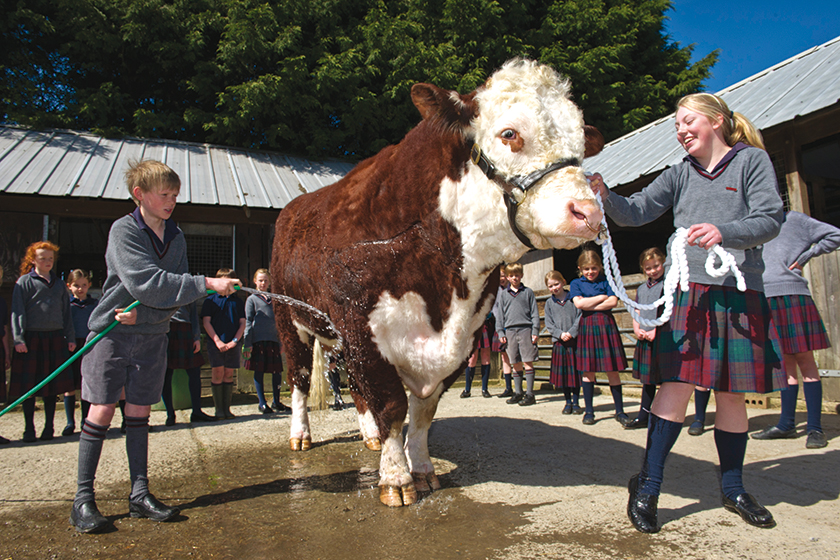
The Elms school,a co-ed prep near Malvern, includes a working farm, at which children are encouraged to play an active role.
Working outside an getting back to nature is so integral that each class has its very own garden to look after. And the children’s input is invaluable. They produce food for their own classmates and teachers, growing and tending seasonal salad, vegetables and fruit in their weekly Rural Studies lessons.
As well as caring for fruit and veg, the young gardeners at The Elms get the chance to tend the resident herd of Hereford cattle who live on the school farm.
Dunhurst
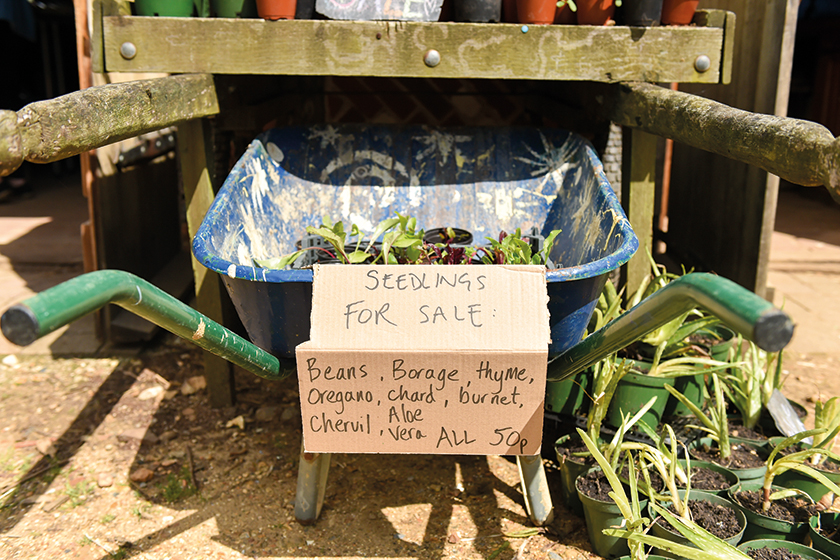
The English countryside is dotted with schools where, by an accident of geography and history, education and agriculture enjoy a symbiotic relationship.
The best known example is probably Bedales in Hampshire, where pupils are as likely to be found planting trees or milking cows as studying trigonometry. Founded in the late 19th century by J H Badley, the school has been determinedly unconventional since its inception, insisting on the need to educate the whole child, not just the classroom swot.
Last year, Bedales Prep, Dunhurst, completed their impressive vegetable plot and reaping the rewards, achieving Level 6 in the RHS School Gaderning Awards and turning a profit at their stall at the front of school, which sells flowers and plants during the spring and summer months, and vegetables during the autumn.
Millfield Pre-prep
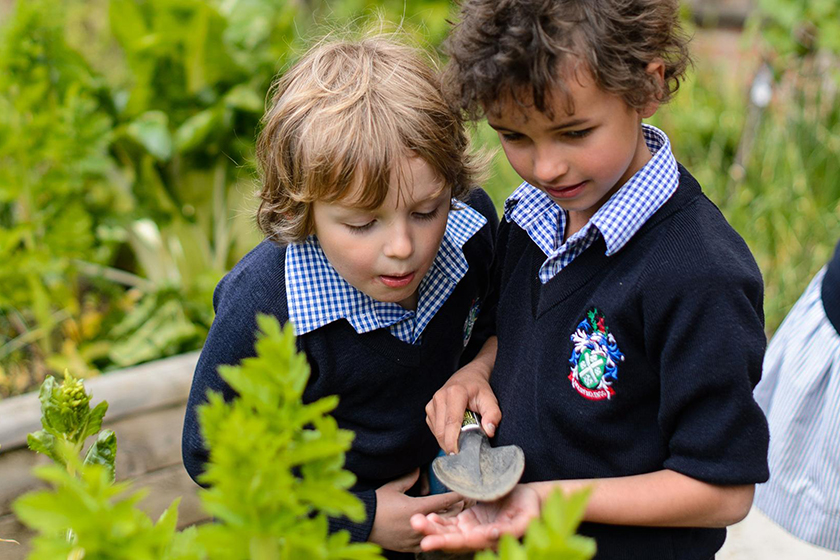
This co-ed day and boarding school for two to 13-year-olds is widely recognised for its sporting excellence, but pupils are also encouraged to engage in other outdoor activities. Pre-prep classes at Millfield are often relocated to the onsite forest school.
The messy mud kitchen is a popular attraction with the children, while baking rolls in an outdoor bread oven, cooking over an open fire and sawing wood all contribute to the pupils’ growing sense of independence.
The walled and sensory gardens are where pupils learn to grow their own produce. When the school took part in ‘Grow it! Cook it! Eat it!’ scheme, they achieved such a bumper crop they took a stall at Glastonbury farmer’s market to sell their surplus.
Pinewood School
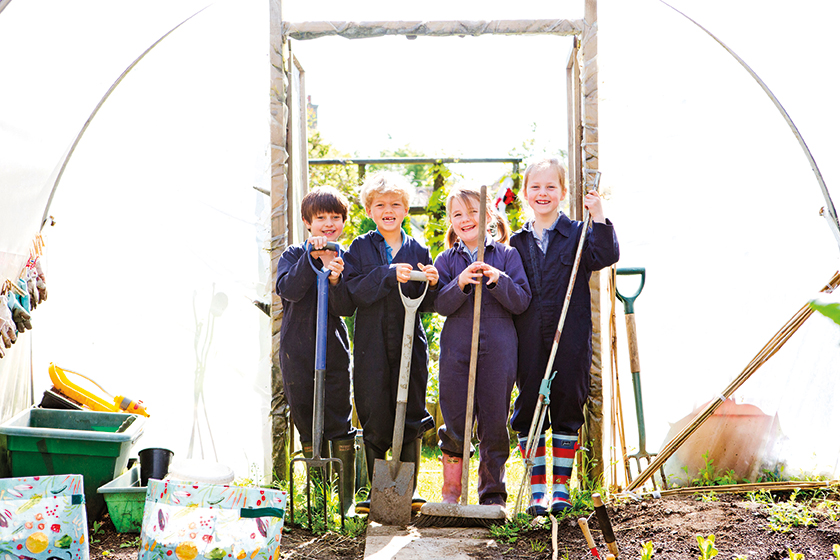
‘Pupils are regularly away from their desks,’ boasts the website of Pinewood prep school in Wiltshire. It is not a fact that other schools would advertise quite so gleefully, but it lies at the very heart of the Pinewood approach to education.
‘Learning outside the classroom’ is not just an extra-curricular gimmick, but integral to school life at Pinewood. The salad the pupils eat at lunch might have been grown by the pupils themselves, while the Pinewood adventure programme offers challenging outdoor experiences. ‘Anything that gets children outdoors, pushing themselves, has to be good for them in the long run,’ says Philip Hoyland, the headmaster.
In 2016, Pinewood extended its outdoor space in keeping with Hoyland’s mantra. Along with a new accessible playground and sensory garden, raised beds and forest schools areas were unveiled. From growing potatoes from seed to growing flowers and herbs in the sensory garden and polytunnel, these new school spaces are certainly providing new learning opportunities.
READ MORE: 10 Preps With Forest Schools/ What are the Benefits of Outdoor Work at School



